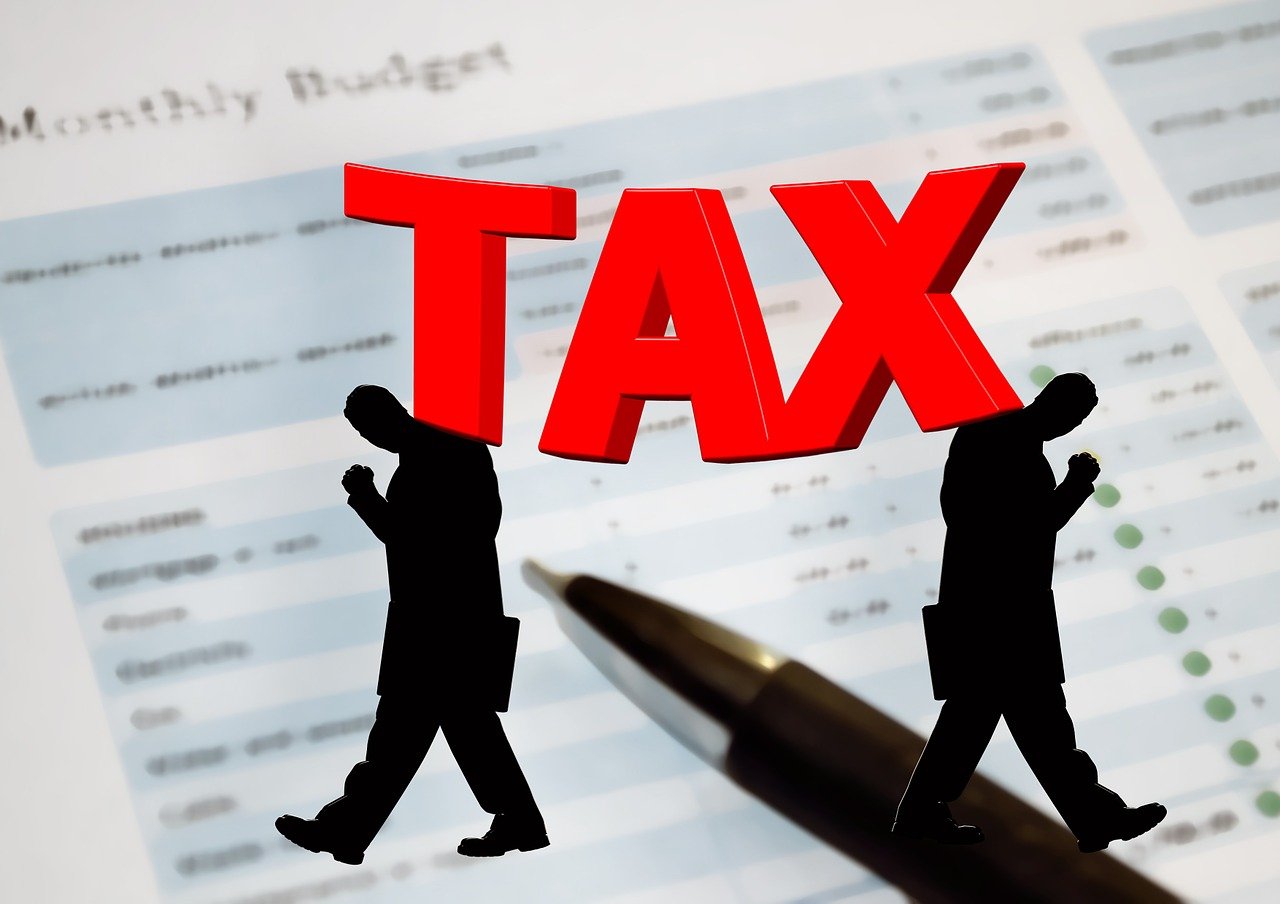Online sales are constantly evolving. In 2025, having a good product is no longer enough. To stay competitive, every detail counts, and your pricing strategy is becoming one of the most powerful levers for optimising your income.

In a market where buying behaviour changes rapidly and competition is constant, almost 30 % of e-commerce sites have already adopted dynamic pricing. The result: up to 22 % of additional profitability for companies able to adapt their prices in real time.
It is still necessary to put in place a pricing strategy coherent, effective and, above all, aligned with customer perception.
Understanding the logic of a dynamic pricing strategy
Unlike traditional fixed pricing, a pricing strategy dynamic adjusts prices according to multiple criteria: demand, season, available stock, buying behaviour, or even the prices charged by your competitors. It is no longer the product that dictates its price, but the context in which it is offered.
This flexibility is essential in an uncertain environment. It allows us to remain responsive and optimise every sales opportunity without sacrificing margins.
A pricing strategy starts with data
You can't adjust what you don't measure. To be relevant, your pricing strategy must be based on reliable data: sales history, click-through rates, conversion rates, basket abandonment rates, competitive data and demand signals.
This information feeds the algorithms that help you make pricing decisions in real time. The quality of this information is crucial. Obsolete data can be costly.
Segmentation, personalisation: an intelligent pricing strategy
Not every visitor behaves in the same way. And they don't have the same perception of value.
Your pricing strategy can integrate segments: visitors from a Facebook campaign, loyal customers, organic traffic, or Internet users located in areas with different purchasing power. This data allows you to adapt your offers without appearing unfair.
No need to be intrusive. A simple adjustment according to channel or buying behaviour improves conversion.
Testing before generalising
The effectiveness of a strategy cannot be decreed: it has to be tested.
Thanks to A/B tests, you can expose two groups of visitors to two different prices and analyse the impact on conversion, average basket and satisfaction. These tests protect you from errors of judgement and help you refine the rules you apply.
Controlling frequency and variation
One of the pitfalls of dynamic pricing is excessive instability. If your prices change too often or too abruptly, you risk losing the customer's trust.
Some categories can support several adjustments per day (ticketing, weather-dependency), but the majority of sectors require a more moderate pace, such as a daily recalculation. The same applies to the amplitude of adjustments. A good pricing strategy must reassure as well as optimise.
Transparency and ethics
Trust does not tolerate opacity.
If a customer notices a price change without explanation, they may feel cheated. By making it clear that your prices change according to supply and demand - for example, by mentioning this on the product sheet or in the FAQ - you can defuse any mistrust.
Above all, set limits. Your algorithm must not explode prices in times of crisis or shortage. Your pricing strategy must be both profitable and responsible.
A pricing strategy integrated into the customer experience
A price adjustment should never disrupt browsing. Fluid display, automatically updated shopping basket, synchronisation between mobile and desktop: every detail counts.
If a price changes while the customer is browsing, simply inform them. This avoids frustration and preserves the shopping experience.
Tools and automation
In 2025, there are many tools available to automate your business. pricing strategy : DynamicYield, Prisyncmodules WooCommerce or custom APIs. The important thing is not to multiply the technologies, but to choose those that integrate with your system and your business logic.
Choose solutions that are capable of processing data in real time, with rules that can be modulated according to your business objectives.
KPIs to monitor
The effectiveness of a pricing strategy can be measured. Average basket, conversion rate, unit margin, rate of return, customer satisfaction, retention rate: these are all indicators that need to be monitored.
Keep an eye out for weak signals too: an increase in complaints or drop-outs may indicate a poor perception of your adjustments.
Integration into promotions
Your pricing strategy does not replace promotional periods: it complements them.
During sales or peak periods (Christmas, back-to-school, summer), you can combine a dynamic price base with one-off reductions. This allows you to act on both the perception of value and the urgency to buy.
Outside these periods, the adjustments are more subtle, but just as effective.
Loyalty: be careful how you treat regular customers
Never penalise your best customers. Your pricing strategy must include specific rules for members of your loyalty programme: caps on increases, exclusive discounts, early access to offers.
It's a simple way of boosting loyalty without distorting your overall pricing structure.
Ongoing competitive intelligence
Pricing strategy is not just an internal issue. It also depends on your competitors.
Monitor their prices automatically. You can then choose to align with them, differentiate yourself, or make the most of a non-price competitive advantage (delivery, support, guarantee, eco-responsibility).
A pricing strategy is also a positioning strategy.
Coordination with stock
Low stocks? Slight increase to smooth demand. Overstock? Temporary decrease to accelerate sales.
Your pricing must interact with your stock management. This is one of the main principles of profitable e-commerce: selling at the right price, but also at the right time.
Internal organisation and governance
Deploy a pricing strategy A high-performance strategy requires internal alignment: marketing, data, product, customer service. You need to define clear rules, document processes and organise regular monitoring.
It is this framework that will enable you to iterate and optimise your approach over the months.
Conclusion
La pricing strategy becomes a major pillar of online success in 2025.
Well designed, it maximises your revenues, protects your margins and improves the user experience. Poorly managed, it creates mistrust, noise and unnecessary complexity.
By combining data, ethics, tools and methods, you can turn technical leverage into a sustainable competitive advantage.
Because a good price isn't just a sum. It's a strategic response to a given situation, in a specific context, for a specific customer.










Are you planning to compare dynamic pricing tools?
Thank you for this analysis of pricing strategies. Very useful in 2025 with inflation.
I've applied your tip to my site, and it works.